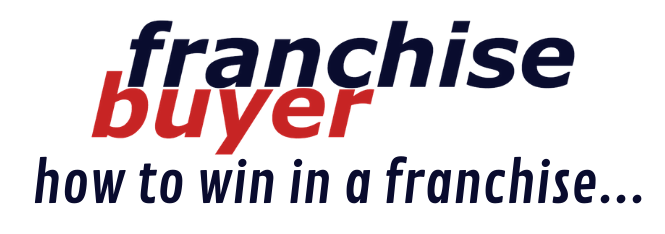
2017 Retail trends: Here come the brands
In a two-part series, Retail Doctor Group CEO & Founder Brian Walker divulges his insights on the brands heading down under and how you can stay ahead of the curve.
Will the pending changes to GST (low-value goods <$1000) have a positive impact on retailers from July 2017? Well yes, yes it will level the playing field. And that was really the intent. Before there was a disadvantage to local retailers with regards to online and offshore purchases by domestic consumers. One of the big drivers offshore if you like, is the exchange rate. Now, whether it is the ultimate game changer, time will tell. But, it levels the playing field a bit.
Amazon has slated their entry into Australia – how will they develop their model i.e. skinny margins on high volumes? And, is it time for strategic retailing to boost competitiveness? If we talk about Amazon, Amazon is 50% of America’s online sales at the moment. They’re a huge business. In the last quarter US retail sales, Amazon were 40% of that in their growth, so it’s growth about 35 billion and now 40% of that. Tey’ll come into the country, they’ll start with Prime, whose competitors are Netfix.
They are a remarkable company, simply put.
They have a huge focus on data – collection of data – and obviously selling products. But what they are doing, is ultimately creating a model which will predict the way consumers will behave; on an individual and aggregate level. We’ll see them come into the country; they’ll go hard in their product range.
What Jef Bezos likes to talk about is going for businesses with higher margins. So, expect a lot of aggression in that space. There’s a few things about the Australian marketplace they might find a bit different. One: is the large geographical distance and it is hard to make money out of online in this country. And that’s a lot to do with overheads and freight. And if you look at a lot of the pure-play retailers, the pure online retailers – the public ones – struggle to make money. They are out there to look at, like ASOS and so on. Because getting their scale is the challenge. And that’s why you start to see them joining the dots and building shops. And that’s what Amazon are doing as well in the US.
The predictions are if Amazon do fire up in this country, they’ll probably be somewhere around 4-5% of that Australian retail sales. But that’ll take 3-5 years.
Now, what can retailers do? [It’s] Important to have a very strong bearing on what you are unique at. What you’re great at. Your point of difference, as simple as it sounds. When we look at the demise of businesses like Pumpkin Patch, Howards Storage World, there are a series of mitigating reasons. But one of the central reasons are, they were quite easy to copy. And they were copied by the discount department stores, or by online. So, Amazon will go hard at businesses, will disrupt businesses that are largely mass merchandised and undifferentiated.
Retailers have to think about:
- their customer experience,
- the uniqueness of their offer,
- their investment in business
- information systems,
- their data management,
- the community they build and,
- they’ve got to maintain their relevance.
If they are a ‘stack it high, watch it fly’, a small mass-merchandise retailer with no great differentiation other than some products, then they’re much more susceptible to the bigger predatory businesses such as Amazon.
So, it is time to draw breath and look closely at what the business strategy is and how customer-centric it is. And most of all, how unique and hard to copy that business is. Everything we do around differentiation is how we make ourselves unique and relevant. If you’re a large franchise channel or a small franchisee – you’ve always gotta be thinking about:
- ‘What is my place in the sun?
- What’s my uniqueness?
- How do I build community?’

Several brands went into administration in 2016; with the influx of luxury and premium brands, how can retail franchises preserve their offering and consumer loyalty?
They've got to be thinking:
- ‘What’s my in-store experience like?
- Am I creating some theatre there?
- Do I have stories?
- What’s my online space look like?
- How’s my social media, what are my stories?
- What’s my brand?
- What are the attributes of the brand?
- Why do people who like us, like us?
- What can we build on? We can’t be all things to all people.
If you look at luxury and premium brands, of which Australia is a strong market – fuelled by a proximity to the Asian market and a domestic Asian market – Louis Vuitton, Burberry and so on … you visit their shops and around the world; wherever you are, you always get a sensory experience. And it’s very high demand, very high aspiration, status, and demand for their products. So not only are we
seeing a more global retailer, we are seeing that as a direct response – a more global consumer.Tese brands are cutting through; to get right on target for who their core customer is.They understand that customer and they do everything to facilitate this great experience.
The more premium brands have scarcity, exclusivity in their ranges, in their branding, in their messaging. So, they create this atmosphere of reverence for the product. Aspiration, exclusivity and so forth.Tey are right at the peak of that demand.






